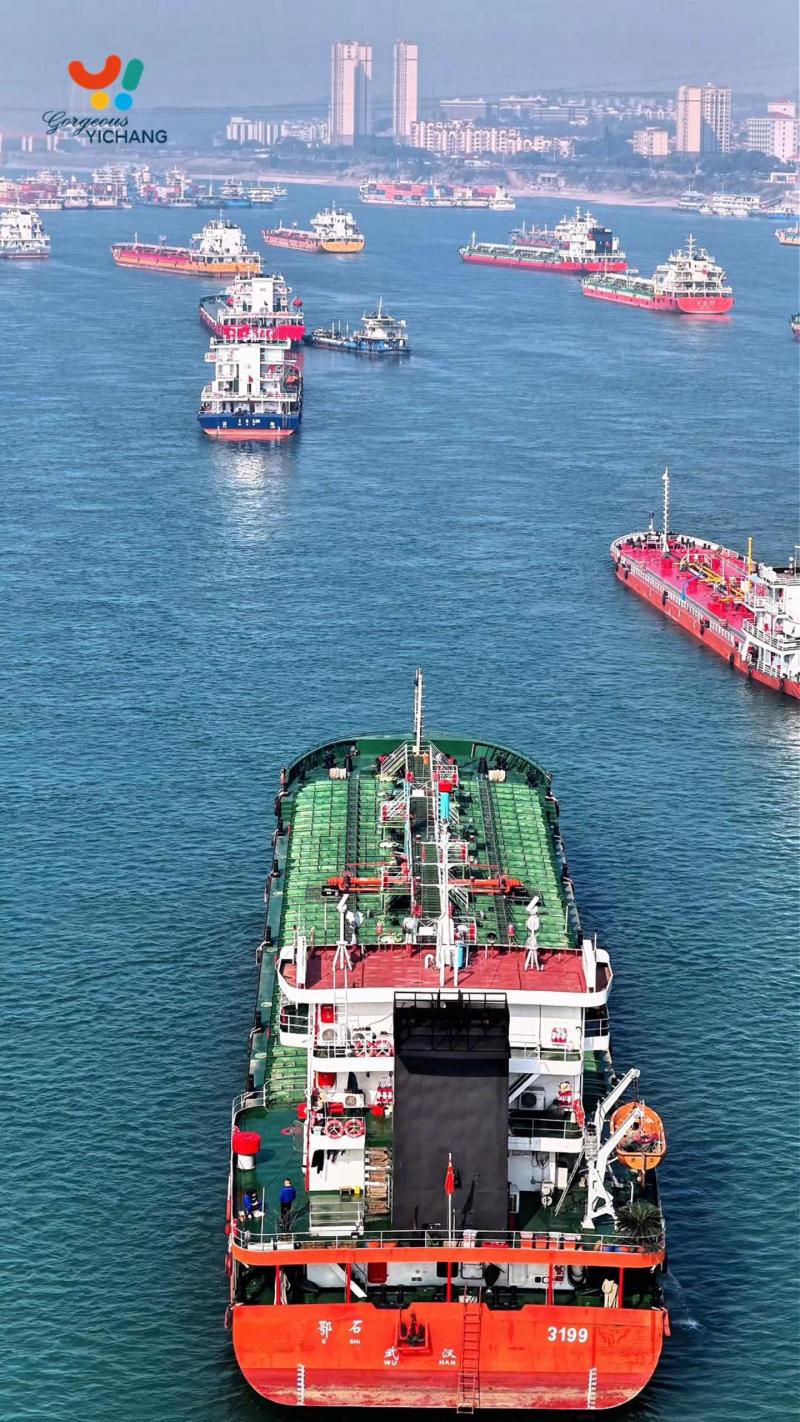History
2022-09-26 09:09:37
Yichang has a long history. Human activity in the Qingjiang River Basin goes back 100,000 to 200,000 years. During the Spring and Autumn (770 - 476 BC) and Warring States (c. 475 - 221 BC) periods, Yichang was the western fortress of Chu State (c. 1030 – 223 BC). In 278 BC, Qin State commander Bai Qi "attacked Chu, conquered Ying and burned Yiling", the first mention of the name “Yiling” in historical records. The Jin Dynasty (8 February 266–10 July 420) established Yidu Prefecture and unified the four counties of Yiling, Yidao, Henshan and Yichang, the name “Yichang” appearing for the first time in historical documents.
In 1876, according to the Yantai Treaty between China and Great Britain, Yichang became a treaty port. The following year, Yichang set up a customs service and officially opened to the outside world. From 1928 to 1932, during the Second Civil Revolutionary War, three bases in the Yichang area – Xiang’ebian, BaXingGui and JingDangYuan – were important parts of the Xiang’exi Soviet area.
On November 15, 1949, all the territory of present-day Yichang City was liberated. When the People's Republic of China was founded, Hubei Province was composed of eight administrative regions. The Yichang Administrative Region Commissioner's Office administered nine counties including Yichang, Yidu, Zhijiang, Dangyang, Yuan’an, Xingshan, Zigui, Changyang and Wufeng.
Since March 2021, after several rounds of consolidation and upgrading, Yichang City has had jurisdiction over three county-level cities (Yidu City, Zhijiang City and Dangyang City), five counties (Yuan’an County, Xingshan County, Zigui County, Changyang Tujia Autonomous County and Wufeng Tujia Autonomous County) and five districts (Yiling District, Xiling District, Wujiagang District, Dianjun District and Xiaoting District).






